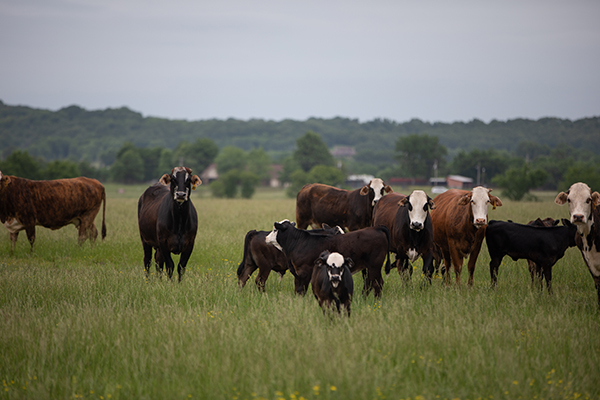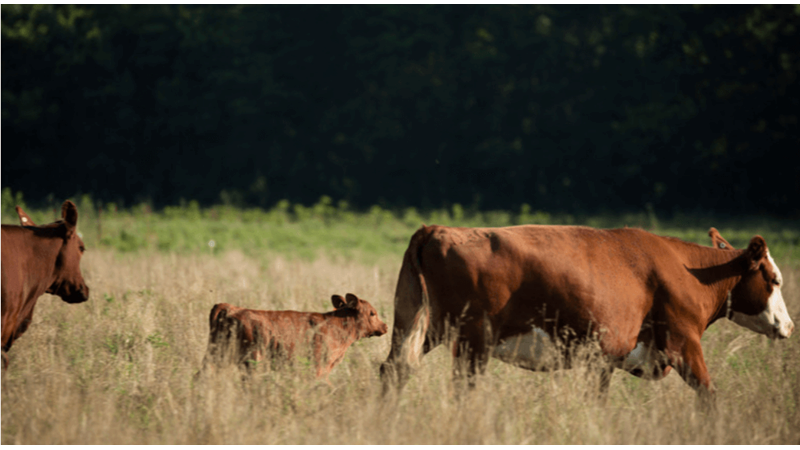
Heifers play a crucial role in the profitability and productivity of a beef operation, but the return on investment in raising them isn't realized until maturity and calf weaning begins. During this time, heifers are vulnerable to horn fly populations and the diseases they can spread, such as beef mastitis. Blind quarters in a mature heifer's udders, caused by this disease, can seriously hinder milk production and affect the entire operation. Unfortunately, blind quarters are often unnoticed until it's too late.
Horn flies can constantly bother heifers on pasture, taking up to 40 blood meals per day. Their impact on mastitis and blind quarters is twofold. First, horn flies tend to feed on the blood vessels in the skin of the teat, causing irritation. Scabs eventually develop where the bacteria that cause mastitis (staph aureus) can incubate. Second, as horn flies move around the teat and feed from cow to cow, the bacteria travels with them.
This bacteria can enter the teat orifice and destroy milk-producing tissues, leading to blind quarters in the udder and decreased milk production. Studies show that milk production accounts for 60% of the variation in calf weaning weight. The front quarters are usually the most affected due to increased teat irritation caused by horn flies feeding there for extended periods of time.
Preventing blind quarters and the spread of mastitis can be achieved by controlling horn fly populations using Altosid® IGR in the feed mix for heifers. This should begin 30 days before fly emergence and continue throughout the season until 30 days after the first frost. Taking this step can help ensure higher milk yields and improved calf weaning weights, making it a valuable investment for any beef operation.
Some feed-through fly control products, even those based on IGR technology that breaks the fly life cycle, do not offer the targeted protection against horn flies found in Altosid® IGR. These other products may work well to control other nuisance flies, such as house flies, but other nuisance flies do not inflict the same type of damage as horn flies.
Only by controlling horn flies can producers reduce the occurrence and impact of mastitis and blind quarters in their herd. By implementing a targeted horn fly treatment program established around Altosid® IGR, producers can keep cattle healthy and productive now and for generations to come.


